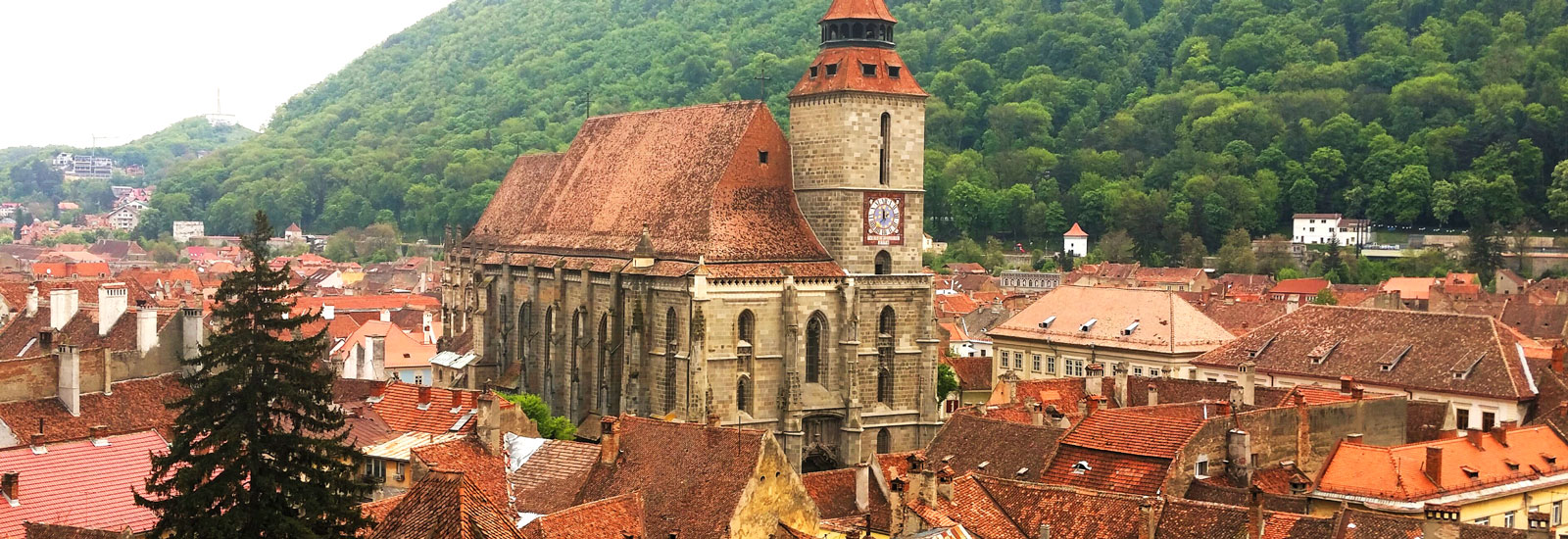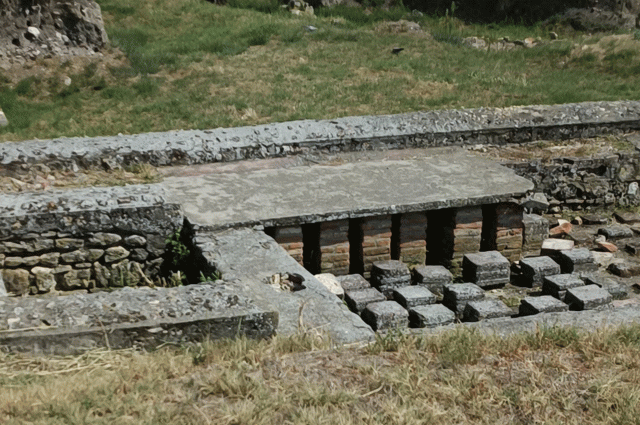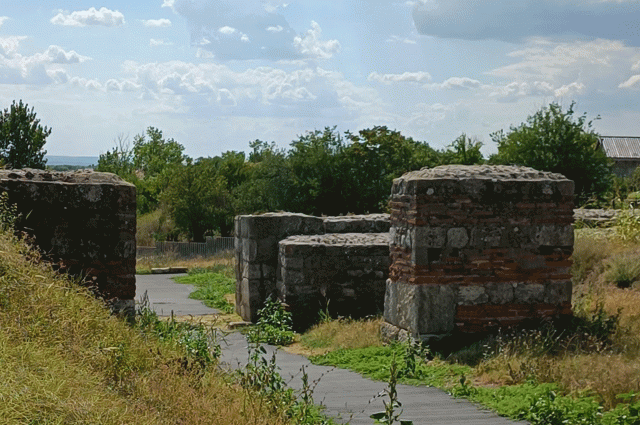OLT County
The Olt county keeps the vestige of an amazing culture. The archeological digs, proved the existence of human settlements, starting from the oldest times of history like the ones from Pietrii Culture, Cris Culture, Vadastra, and Salcuta.
HighlightsRuinele de la Sucidava, cetatea Severinului, Culele
OLT
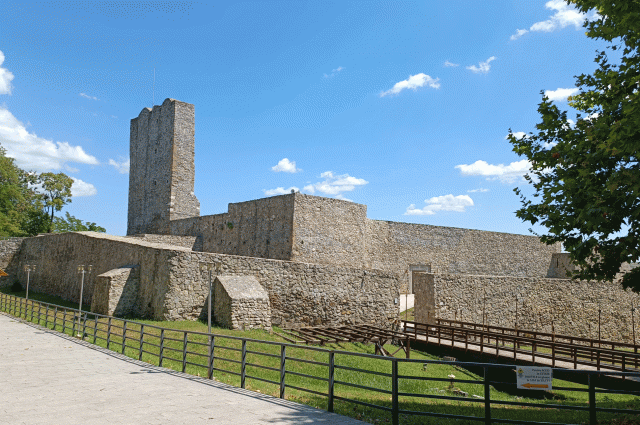
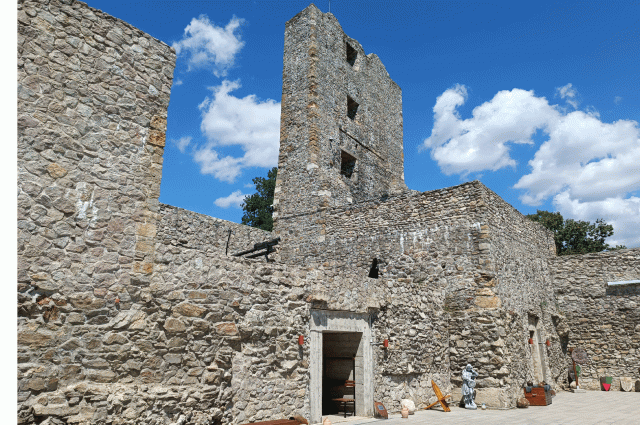
Olt county keeps the vestige of an amazing culture. The archeological digs, proved the existence of human settlements, starting from the oldest times of history like the ones from Pietrii Culture, Cris Culture, Vadastra, and Salcuta. The existence of the Celtic weapons proves the commercial links between Romanians and Transylvania. This area of Oltenia was part of the large cultural complex of Thracians called Basarabi. The first Dacian coin was made in the fifth century B.C. During the time of King Burebista. Also the capital of Dacia Malvensis was at Romula near Caracal.
The first documentary attestation of the state organization is found in the Hospitaller Knights Diploma a document wrote in 1247 at the Hungarian royal court which gives to these knights possession of the Romanian region of Oltenia. The inhabitants of the region participate in 1821 in the revolution lead by Tudor Vladimirescu against the Ottoman Empire.
Olt county took part in the first union of all Romanians in a single state, realized in 1600 by the Wallachian ruler Mihai Viteazul. Also, because of his strategic position, this county took part in the War of Independence in 1877 against the Ottoman Empire
Severin Citadel
Severin citadel is one of the most important fortifications which belong to the defensive system of Wallachia and not only, that it was in the possession of the Hungarian Kingdom.
The archaeologists, establish 3 phases of construction. First, one begun in the time of the future Malta Knights between 1247 - 1254 which was settled here with the permission of the royal Hungarian court. Roman elements have been identified and were used in the construction of the citadel. In the middle of the first layer dating from the first phase of construction was discovered a church built from stone rows and brick rows. It is possible that this church to be built by the Romanian rulers of Wallachia in the XIII-the century when the region became their property.
The second phase has the exterior walls which double the inner ones on the west, north, and east sides and on the south connecting the towers.
The third phase of construction was started with the building of the south precinct of the citadel. The specialists said that Severin Citadel is influenced by the occident in the type of construction and at the same time had some Byzantine elements. The citadel was conquered and destroyed by the Turks, in 1524 because of its strategic importance, for the Romanians.
Sucidava Citadel
Sucidava the old capital of the Dacian tribe of the Suci, is situated in the city of Corabia (Olt County) on the territory of the former village Celeiu. On the higher reaches above the Danube can be seen the defense walls with 8 towers completed which revealed the late Roman city of Sucidava (IV-VI century) Also identified were the roman baths (Terme) a paleochristian basilica, and paved streets. The citadel is known for its secret fountain an engineering masterpiece, designed to supply the settlement with water during the siege.
Also, here we can find a part of a Roman bridge built over the Danube by the Roman emperor Constantine the Great, inaugurated in the year 328 AD.
The length of the bridge was more than 2400 m. being considered one of the longest bridges of antiquity. Unfortunately, the bridge had a very short existence.
After the Roman period, the citadel was rebuilt by the Byzantine emperor Justinian in the years 527-535 A.D.
Tudor Vladimirescu’s Cula
A Cula is a fortified house specific to the north of Oltenia (SW of Romania) built with a ground floor and the first floor with thick walls of bricks. Also, it has a small tower for surveillance, and because in Turkish tower is called „kule” we have the name of Cula for these houses made in the XVIIIth century and early in the XIXth century. These Cule were owned only by the aristocrats and rich people and many times were surrounded by walls like a small fortification because in those times the attacks of the Turks from the south of the Danube happened frequently.
